
Find out how Media Molecule put together the new promotional clip, on screens this week
Tearaway Unfolded is out this week on PlayStation 4 across Europe and we can’t wait for you all to get your hands on it!
To celebrate the launch of Tearaway Unfolded, we have worked together with our friends at PlayStation to create an exciting new TV advert for all you telly-box fans out there! Check it out!
We also wanted to share the behind-the-scenes technical secrets of bringing papery heroine atoi to life, written by Media Molecule artist Stefan Kamoda who contributed a lot to the animation and rendering for the project here in the studio!
Choosing the software
“The original brief called for atoi to break out of the game, pick up a DualShock 4 controller and then cause all sorts of havoc with the game’s godly powers. That meant rendering a realistic-looking DS4 controller as well as a version of atoi that looked like she was in the real world.
As luck would have it, I already had a near photo-realistic model of a DS4 controller as I was toying with the idea of doing some character renders where a bunch of them are all co-operating to play the game, so that was a good head start.
But it left me in a bit of a pickle. I’ve recently switched to different software (Blender and Cycles) for most of the rendering work I do, so I had a ready-to-render DS4 and atoi in Blender but the character animation would all be created by my teammate Miquel in Max.
With a tight deadline, I didn’t fancy recreating the DS4 materials in Max, so the path I wanted to take was to animate in Max and then render in Blender. Which meant I had to figure out how to transfer animation between the two packages and also sort out some sort of render farm (more on that later!).
Transferring animation
I looked at animation transfer first and this turned out to be pretty easy. I first created a render-ready version of atoi and exported this to Blender. I was then able to transfer the bulk of Miquel’s animation via point cache files.
Mesh or point caching simply records the deformed position of the entire mesh at each frame. Once animation has been approved, there’s no need to keep the rigs around so “baking” the animation down to this simple format is fairly common. Cameras, the DS4 and atoi’s stop motion eyes were transferred via a simple custom file format.
Lighting the shots
Lighting was straightforward as I was able to make use of a ‘light probe’ captured on set. A light probe is a 360 degree image taken inside the film set – this captures all the lighting and reflection detail needed to recreate the lighting environment in CG.
I also had to recreate the game’s simpler lighting style which I did by extracting the diffuse colour, normal and ambient occlusion components from the primary render. This information is generated as part of the render process so it didn’t add anything to the render times.
Once I had the extra passes, I emulated the game’s light style by combining a bunch of game-like lighting equations in the compositor.
We also had to provide render passes for things like reflections and shadows. These could then be overlaid onto the live footage to help ground the digital elements.
Creating a render farm
The next thing to tackle was rendering the actual frames. There were only eight shots needed for the advert and they were short, but each required at least two passes, and most needed more! Manually kicking off each of these renders would have been a nightmare and you absolutely need some sort of render farm.
A ‘render farm’ is a bit of an odd name if you’ve never heard it before, but it’s just a bunch of connected PCs dedicated to rendering animation frames, which can each take a while. Without any management software they just sit there, so you need something to get them all working together. I gave it a shot and wrote my own over a weekend and it actually turned out pretty well.
With the render farm sorted and the animation finished, rendered out shots were then passed onto the good folks at agency 422 Vision who composited them into the live action footage.”
Voila! Thanks for sharing your experience with us, Stefan! It’s fascinating to see how an idea moves from concept to finished piece. We hope you all enjoyed reading about Stefan’s work, don’t forget to pick up Tearaway Unfolded on Wednesday in Europe and Friday in the UK to experience the papery world for yourself!



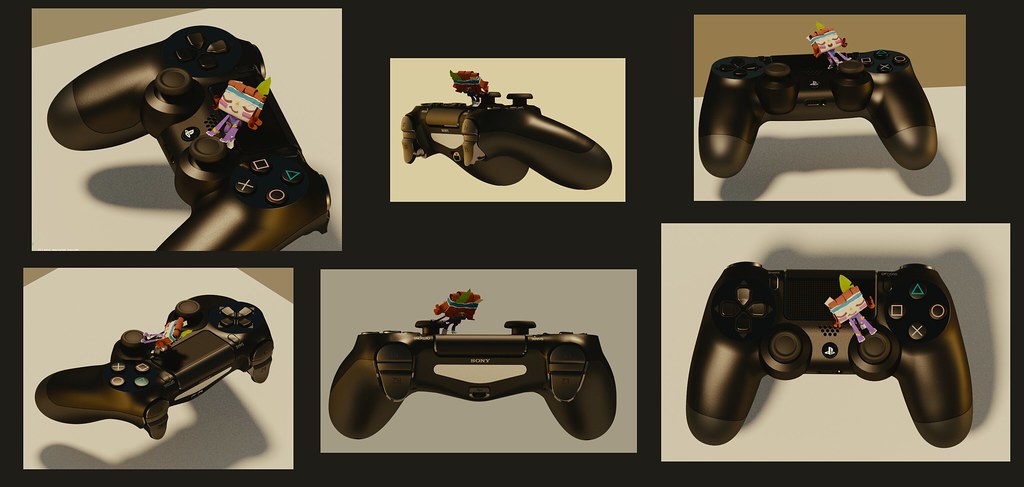
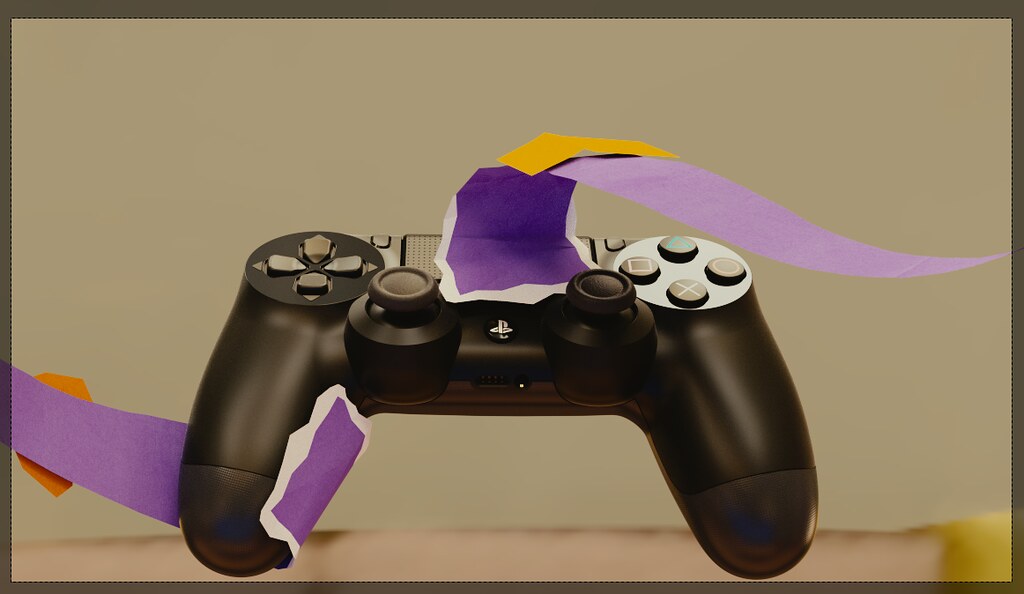
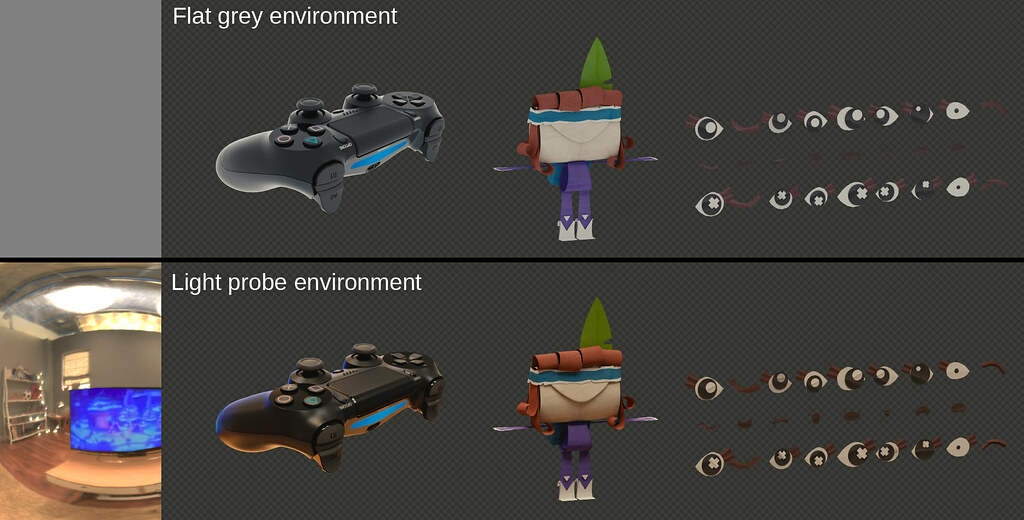



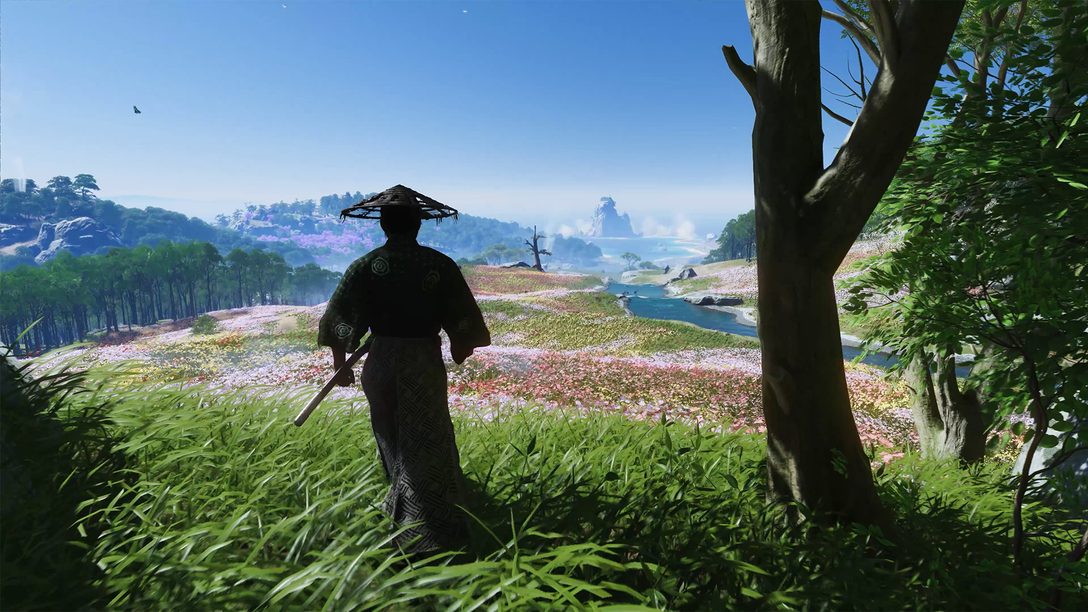
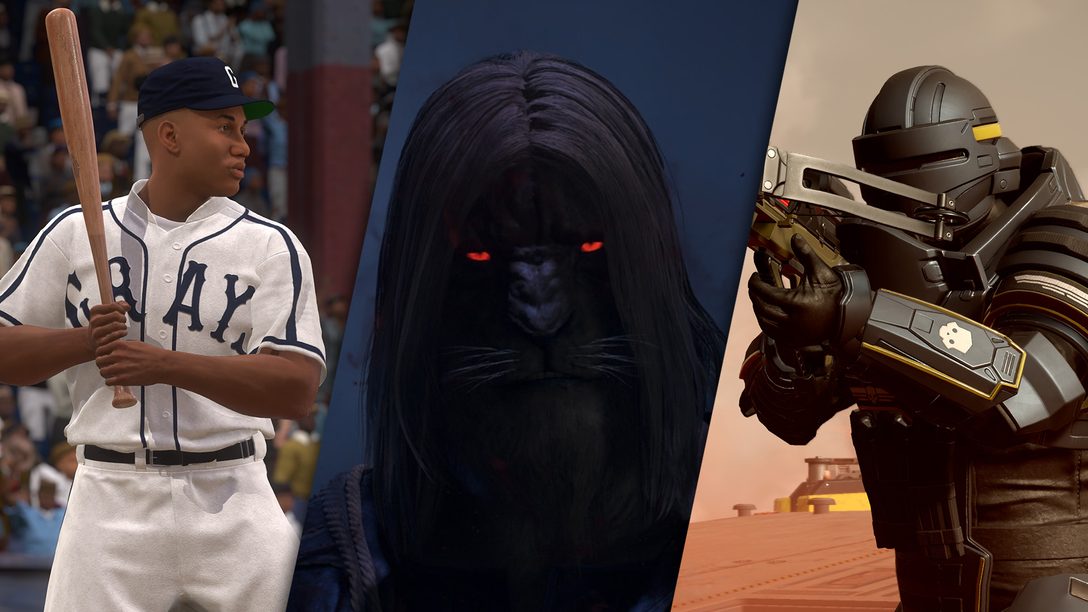




Join the Conversation
Add a CommentBut don't be a jerk!
6 Comments
Loading More Comments